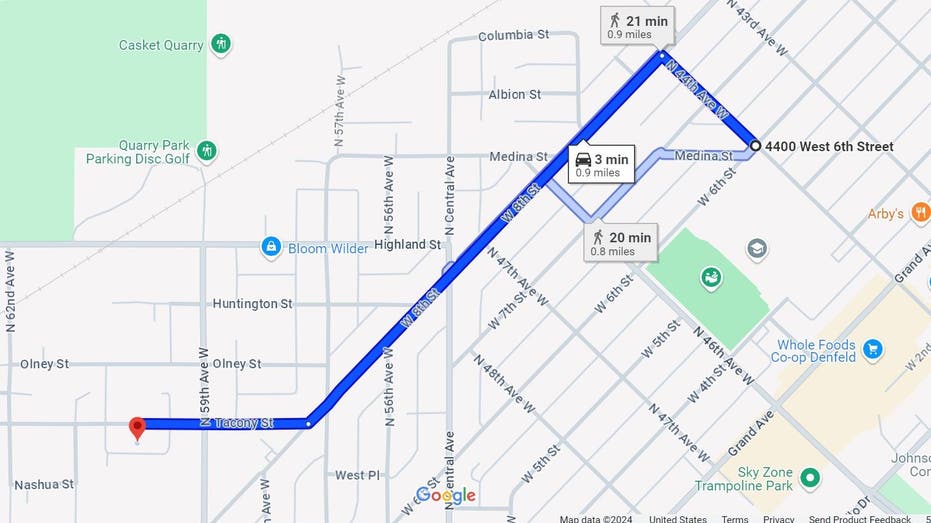
Share To Alt-Tech
This article was originally published on NY Sun - National. You can read the original article HERE

In an unprecedented leap in space research, scientists at the Asteroid Institute and the University of Washington have discovered 27,500 previously unidentified bodies within our solar system.
A couple of years ago, a dedicated team of researchers embarked on a novel approach to track killer asteroids — celestial bodies that could pose a threat to Earth. Eschewing traditional methods of sky scanning via telescopes, the team developed a sophisticated algorithm capable of poring over archived night sky images. This initial foray led to the identification of roughly 100 overlooked asteroids.
The latest announcement eclipses last year’s total discoveries by all global telescopes, marking what Ed Lu, executive director of the institute and a co-founder of the B612 Foundation, describes as a “sea change” in astronomical research. The B612 Foundation is a nonprofit organization focused on protecting the Earth from space threats.
Among the newly identified objects, approximately 100 are near-Earth asteroids, which orbit close to our planet. Although none of these are deemed an immediate threat, their detection is crucial to the future of “planetary defense” — a global effort supported by NASA and other international agencies to prevent potential asteroid impacts.
The vast majority of these space rocks are located in the main asteroid belt, situated between Mars and Jupiter. The research also spotlighted Trojans, asteroids sharing Jupiter’s orbit, as well as several Kuiper belt objects residing beyond Neptune.
This article was originally published by NY Sun - National. We only curate news from sources that align with the core values of our intended conservative audience. If you like the news you read here we encourage you to utilize the original sources for even more great news and opinions you can trust!










Comments